Dynamic pricing is a strategy where product prices automatically adjust based on customer choices, like selecting different sizes, materials, or quantities. Think of it like a price calculator that updates in real-time – if a customer wants a larger size or premium material, the price changes instantly to match their selections.
Many Shopify store owners struggle with pricing – charge too much and you lose customers, charge too little and you leave money out of your pocket. Dynamic pricing offers a solution by automatically adjusting your prices based on factors like demand, inventory levels, and customer behavior.
While dynamic pricing might sound complex, modern Shopify apps have made it accessible to stores of all sizes. Whether selling seasonal products, custom-made items, or competing in a crowded market, implementing dynamic pricing can help you maximize profits while keeping prices fair for your customers.
This guide will show you exactly how to get started with dynamic pricing on your Shopify store.
What is dynamic pricing?
Setting the right price for your products can make or break your business. Dynamic pricing enables your product prices to automatically change based on market conditions, demand, or customer behavior. For Shopify store owners, this means setting flexible prices that adjust based on factors like inventory levels, time of day, or customer segments, rather than keeping one fixed price.
Types of dynamic pricing for Shopify merchants
Shopify merchants can implement several types of dynamic pricing:
Time-based pricing
Time-based pricing adjusts your product prices based on specific times, seasons, or events when demand naturally changes. This pricing strategy helps you maximize revenue during high-demand periods while attracting customers during slower times with better rates. The changes can happen by time of day, day of the week, season, or during special events and holidays.
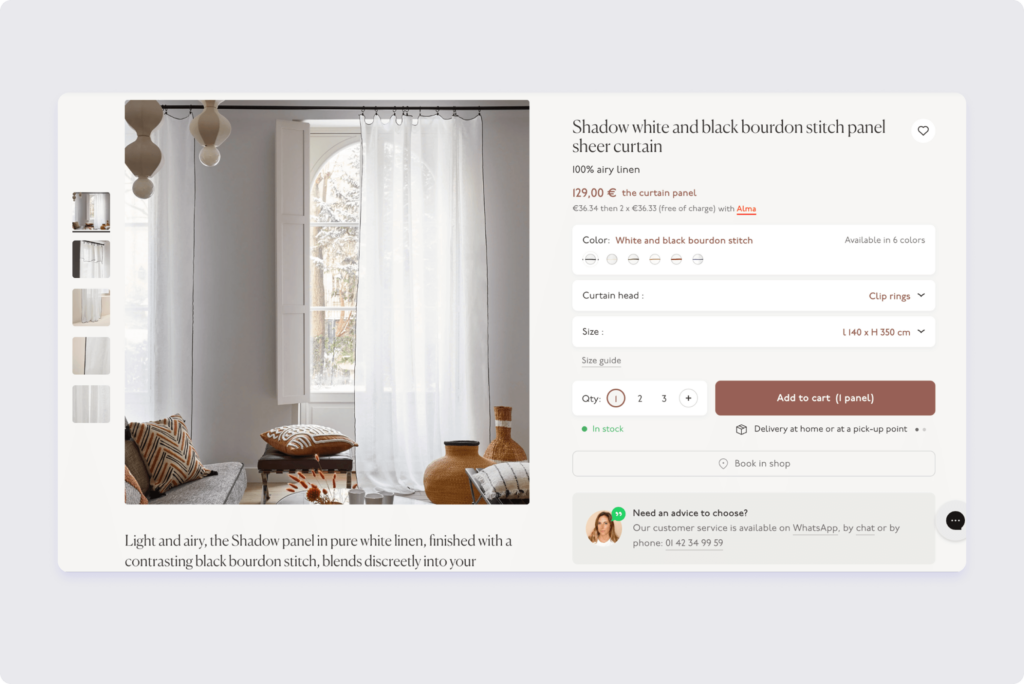
For example, a custom curtain maker can automatically adjust their pricing formula based on seasonal demand. During peak home renovation seasons (spring and fall), they might add a 15% premium to their base fabric prices, while offering 10% discounts during slower winter months. The custom price calculator can also factor in rush order fees for delivery during busy periods, or special holiday discounts for early orders.
Volume pricing
Volume pricing rewards customers with better prices when they buy more of your product at once. This pricing strategy benefits both sides – customers save money on bulk purchases, while Shopify stores increase their average order value and sell more inventory.
The discounts typically follow a tiered structure, where prices decrease as quantity increases.
For example, a custom wallpaper business using Custom Price Calculator can automatically apply tiered discounts when customers order for multiple rooms. As customers enter their room measurements into the calculator, they might see that ordering wallpaper for one room costs $40 per square meter, but when they add a second room, the price drops to $35 per square meter.
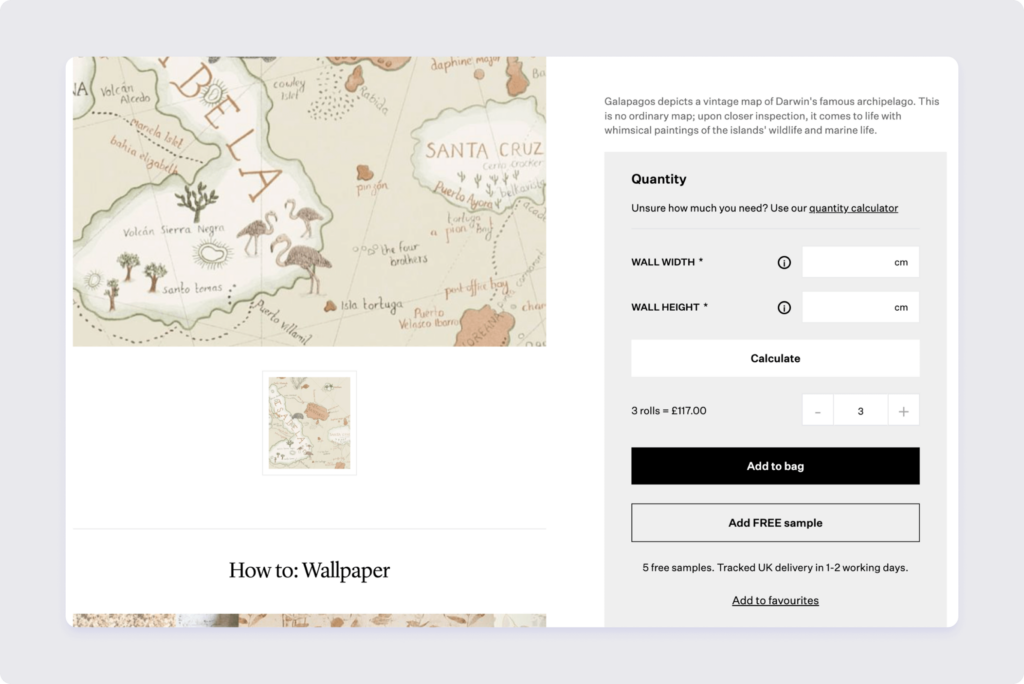
Segment pricing
This dynamic pricing approach provides different prices to specific customer groups, such as students or loyalty program members.
Consider how movie theaters implement this – they offer standard tickets at $15 but provide discounted rates of $10 for students and seniors.
You can see how this strategy helps you reach customers who might be price-sensitive while maintaining regular prices for your general customer base.
Shopify store owners can use Custom Price Calculator to create similar tiered pricing structures – like offering wholesale rates to business customers, member discounts to loyalty program participants, or special pricing for specific professions. For example, a scrubs retailer might offer a 20% discount to verified healthcare workers, while maintaining regular prices for other customers.
Inventory-based pricing
This pricing strategy automatically adjusts prices based on stock levels – increasing when inventory is low or decreasing to clear excess stock.
When stock levels get low, prices can increase to help preserve inventory and maximize profit on remaining items. When you have excess stock, prices decrease to help sell products faster and avoid storage costs.
A custom textile business can set up its calculator to adjust fabric prices based on available stock. When premium fabric inventory drops below 100 yards, the calculator automatically adds a 10% premium to orders using that material. Conversely, when certain patterns have over 500 yards in stock, it can apply automatic discounts to help move excess inventory.
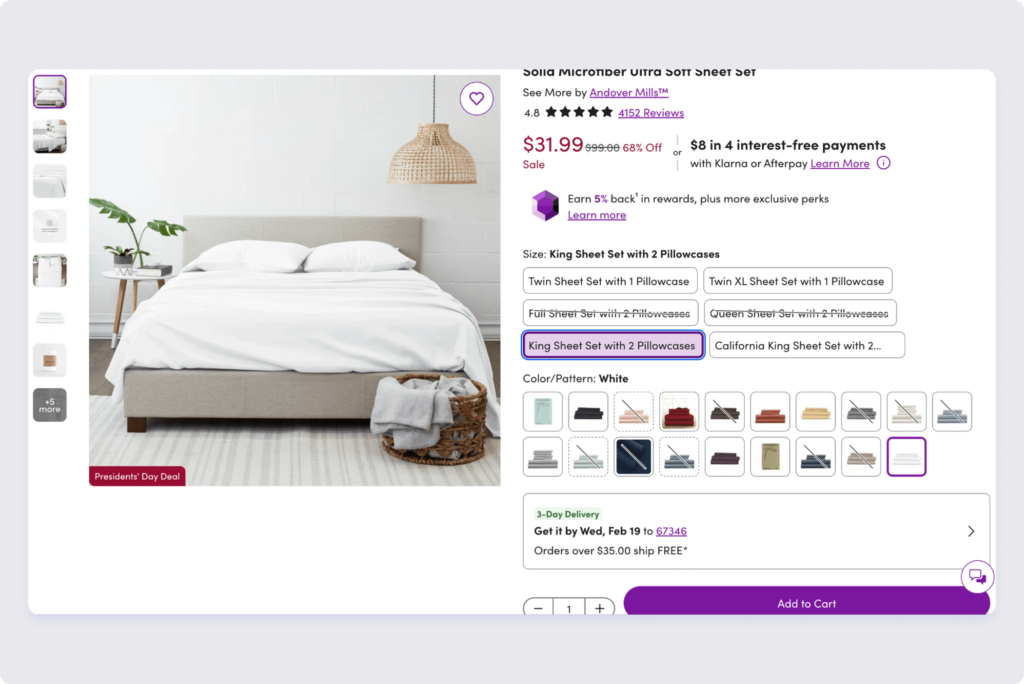
When to use & avoid dynamic pricing
Dynamic pricing works great for seasonal products like swimwear or holiday decorations, where demand naturally fluctuates throughout the year. It’s also effective when you have limited inventory and need to either clear stock quickly or preserve high-demand items by adjusting prices based on availability.
For example, a beach shop might increase swimsuit prices during summer months when demand peaks, then offer discounts during winter to maintain some sales.
Dynamic pricing is particularly powerful in competitive markets where you need to stay price-competitive, and for high-margin products where you have room to adjust prices without losing money.
Using Custom Price Calculator, you can automate these price adjustments based on your specific business rules, whether you’re responding to seasonal changes, inventory levels, or market competition.
Dynamic pricing isn’t right for every business or product. Some products and situations actually perform better with fixed pricing. If you sell luxury handbags, watches, or premium skincare products, changing prices frequently could make customers doubt your quality or think you’re running a discount store.
Similarly, if you’re selling products with very small profit margins, like basic grocery items, you might not have enough room to play with prices without losing money. And if you’re the only one selling a unique product, customers might get upset if they see prices changing.
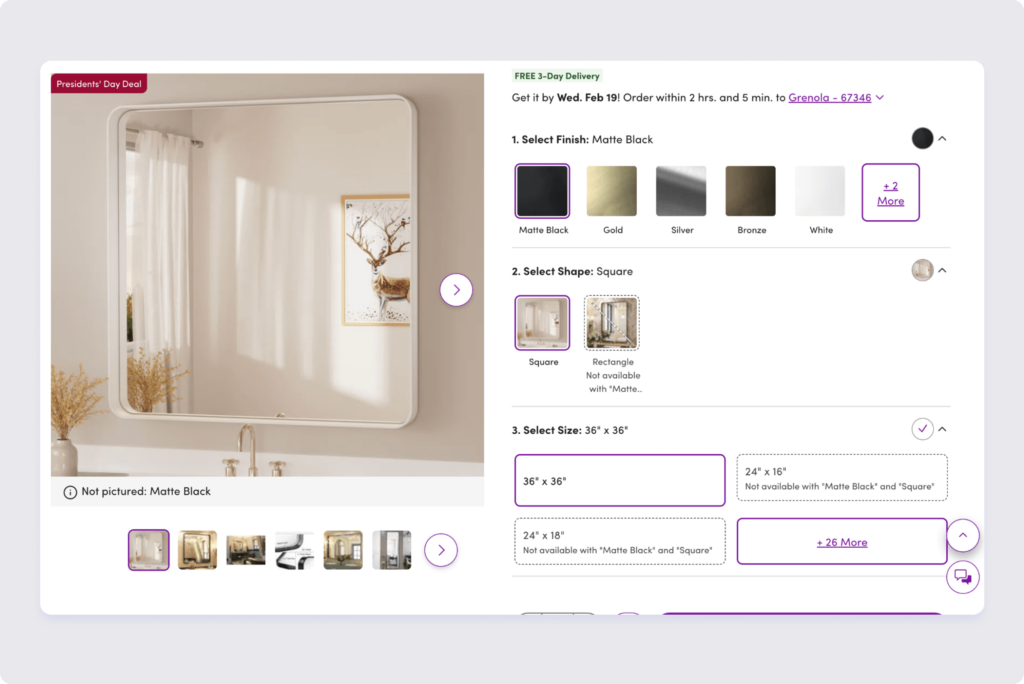
Complex products that need special measurements or custom work also don’t fit well with standard dynamic pricing. Think about custom furniture – each piece might need different materials, sizes, and specific customer requirements.
For these cases, you need a more specialized tool that can handle multiple variables and customer choices, rather than just adjusting prices based on time or demand. One of the solutions is to implement Shopify custom price calculator that let you create accurate, custom quotes while still giving customers instant pricing based on their specific needs.
Implementing Dynamic Pricing with Custom Price Calculator
Apippa’s Custom Price Calculator offers several key features to help you introduce dynamic pricing to your Shopify store:
- Simple setup – create pricing formulas with a drag-and-drop builder on any product page, no coding needed.
- Smart calculations – automatically handles complex math for measurements, quantities, materials, and shipping costs.
- Real-time updates – show customers exactly how their choices affect the final price as they make selections.
- Flexible inputs – accept any type of customer input from measurements to material choices to delivery preferences.
- Custom product ready – perfect for furniture, fabrics, flooring, and any made-to-measure items that need precise pricing.
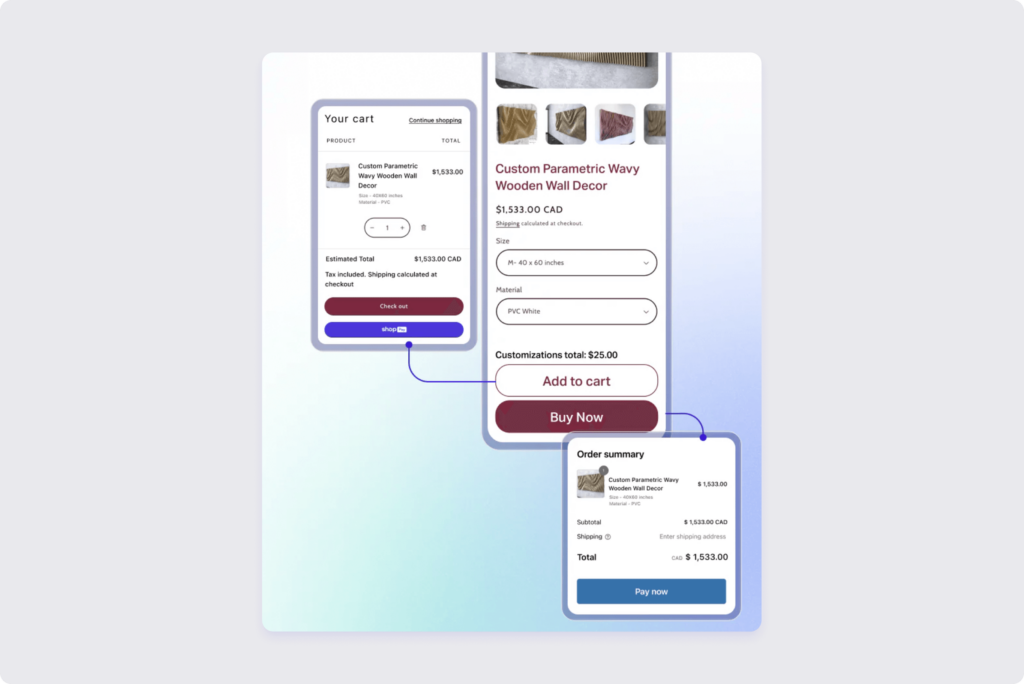
Dynamic pricing shines brightest in businesses where products need exact measurements or customization options.
For example, a flooring company can calculate costs based on room dimensions, adjust prices during peak renovation seasons, or offer bulk discounts for larger projects.
Similarly, a custom furniture maker can combine their material and size pricing with time-based adjustments, perhaps offering better rates during slower months while maintaining higher margins during busy periods.
This flexibility works perfectly for businesses selling fabric by the yard, personalized items, wallpaper, flooring, or any made-to-measure products where both customization and market timing matter. [Read more]
So, check out Custom Price Calculator before your high season hits, and learn how to implement dynamic pricing specifically to your Shopify store.
